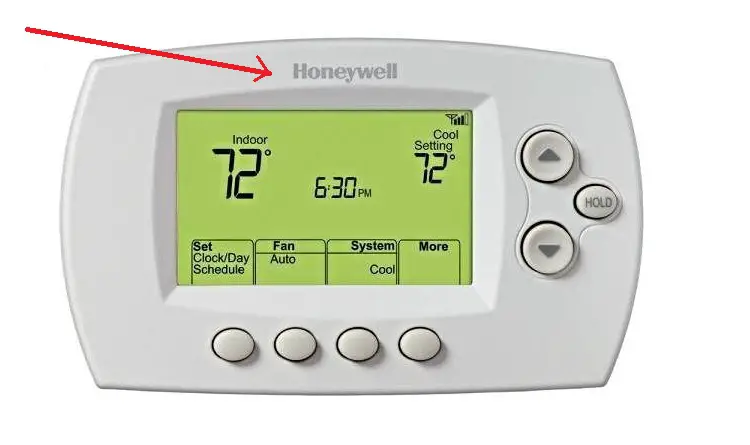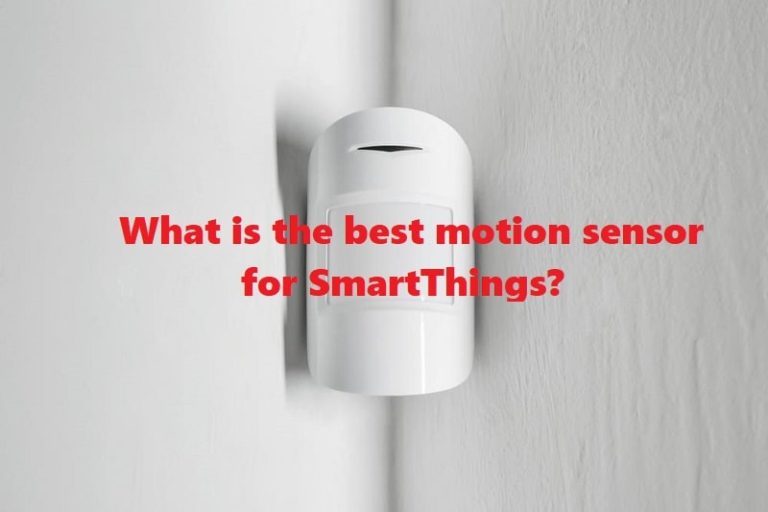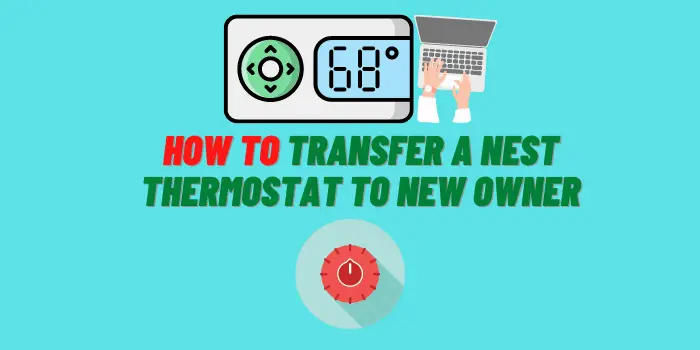For some years now The Internet of Things (IoT) has been a hot topic. In a nutshell, IoT is all about introducing intelligent connectivity and AI into our lives, so that our various technology possessions not only do what we want but also figure out what we might need to do and go do it for us. IoT is now starting to be rolled out in smart cars in a big way but is also finding it’s way into our homes, as smart cameras that let us see what is going on in and around our house, smart lighting that can sense what level of light we need (and also close or open window blinds), smart refrigerators, smart power sockets, smart security-enhanced doorbells, smart water leak and fire sensors and so on.
However, one of the most useful and practical uses of IoT is linking a Smart Thermometer to your HVAC (Heating, Ventilation, and Air Conditioning) systems. We covered this in our review of thermostats specifically for Samsung SmartThings but there is more to say on which smart thermostat you might buy for any smart home type and also why you might make that choice.
The three ‘F’s when choosing a Smart Thermometer: Functionality, Features, and Fashion

The three main criteria when choosing a smart thermometer are Functionality (will it actually do all the things you want or need it to do), Features (neat and cool capabilities that enhance the usefulness and usability) and Fashion (Smart Homes should be fun and impressive as well as practical).
Functionality is up to a point synonymous with connectivity. Some smart home setups are relatively simple but others can be a real hassle. Essentially you have a bunch of different HVAC devices, often from different vendors, each of which is in a process of being updated with evolving software and a bunch of different communication protocols and standards (which are themselves evolving). Then add in some standard inverse square law distance vs. signal strength factors and you can have a multi-vendor finger-pointing communication nightmare. There are evolving products, WiFi standards, evolving smartphone operating systems, a range of vendors busy developing google assistants, google nest, ecobee, ZigBee, Z-Wave, IP smart things, etc.
Here are some practical Functionality tips when choosing a Smart Thermometer
- Do your research very thoroughly before buying. A Smart Thermometer should never be an impulse buy. First, make sure the smart thermometer you buy actually will work with your current smart devices, and – this point is also missed – any smart devices you might plan to buy later. Do not simply take a manufacturer’s word that all will be well – check out on social media what practical experience users have.
- Check out what level of warranty and support the vendor offers. If you do have connectivity problems later, you may need help.
- Buying multiple smart devices from the same vendor, if they are available, can reduce issues with poor cross-vendor functionality.
When it comes to features, here are some other tips to look out for when buying a Smart Thermometer
- Keeping your home at exactly the right temperature – especially at the temperature that we want, night or day, spring, summer, fall or winter is not just about switching heating or air-conditioning on or off. You can also use zero-energy techniques like opening or closing windows and skylights, opening and closing blinds, and so on.
- Check out features like motion sensing, which can change the HVAC room by room, making sure your utility bill is money well spent, keeping the areas you and the family are in getting targeted with just the right HVAC levels and you are not burning energy in empty rooms. Also check out programs to link into peak rate / low rate utility pricing through demand response programs, intelligent alerts including filter change reminders, humidifier pad replacement reminders, etc.
Finally, there is Fashion. Do you want an elegantly discreet smart thermometer? Or something purely functional that will not be seen by anyone. Or do you want something stylish or even flashy to impress visitors with? What are the color scheme and design ethic of your house? Should the smart thermometer reflect that? How about an elegant backlight feature?
Remember you will probably be controlled via Alexa, Siri, Cortana or a smart app on your Android phone or iPhone, or Amazon’s Alexa etc. So, be honest – you are probably going to try to impress friends, family and other visitors to the house by showing off your smart home thermometer. So, why not make sure it looks as cool as it should. Maybe some cyberpunk cool metallic look or maybe some customizable color touchscreen – don’t worry if you rarely actually touch that lovely multi-color touchscreen, that’s not the point.
Which Smart Thermostat should I get for my Smart Home?
A Smart Thermometer can and will cut your fuel bills, make you home more comfortable to live in, cut your carbon footprint and generally help the environment too. So there are plenty of reasons to buy one.
As you go through an average day, it will help you get the house ready for you to get up in the morning, close the HVAC down securely as you leave for work or to go out, get your house ready for you just before you return home, set up a relaxing environment as you wind down in the evening, and set things up just how you want it when you’re about to fall asleep.
Increasingly you would expect smart thermostats AI to be using machine learning to get used to your routines and preferences and start making some of those decisions too in the future.
So, we’d ignore some of those reviews that simply offer a checklist of functions when choosing a smart thermometer for a smart house. That’s’ all missing the point. What you should rather be doing is to work out exactly what you want and need overall and then the choice of smart thermometer will pretty much decide itself.
Thanks for reading.






